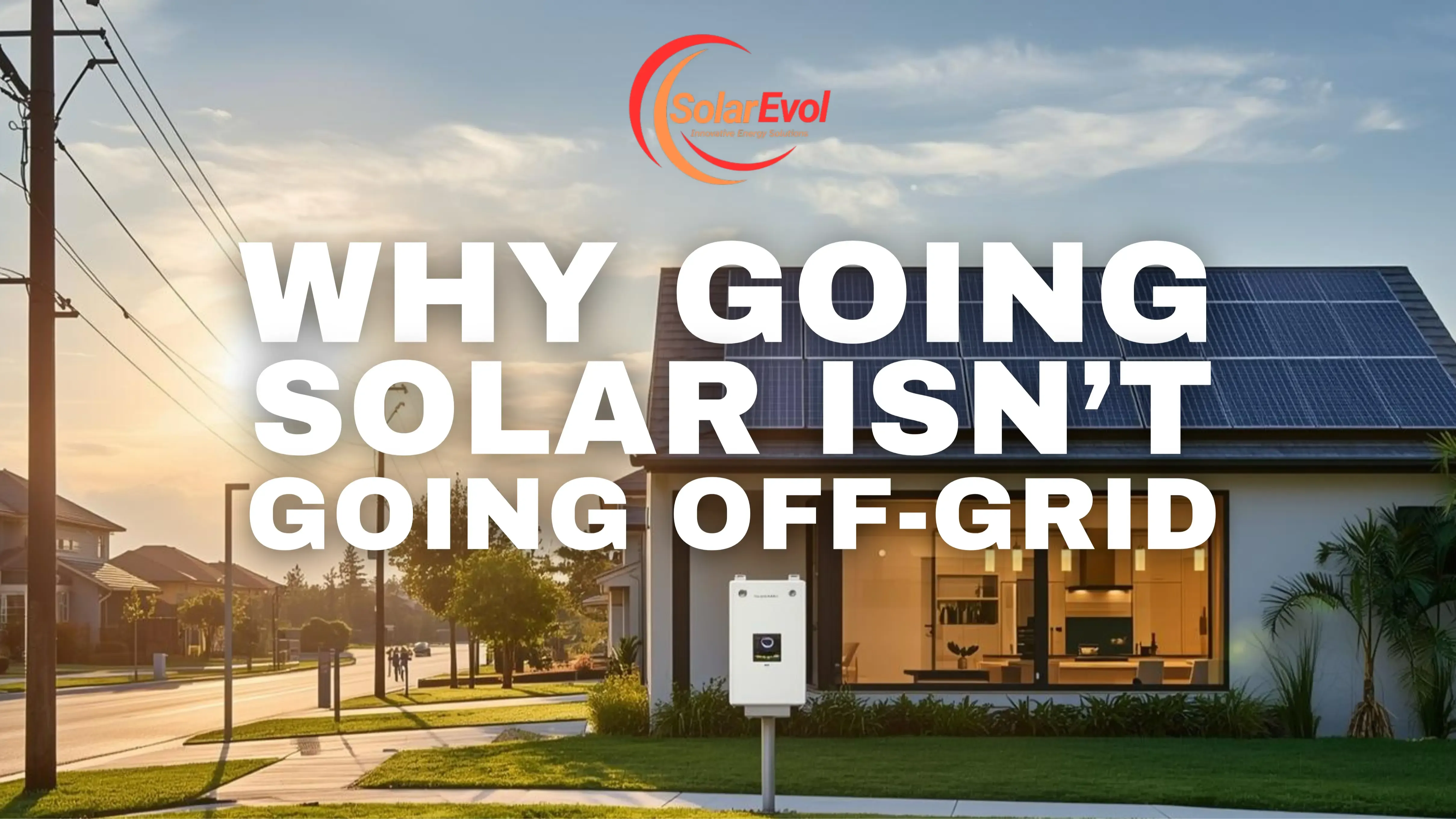
Building-Integrated Solar—More Than a Trend
Jul 30, 2025Monday, July 21, 2025
It started with glass.
Warm light poured through the windows of a school building in Amsterdam, casting golden lines across the tile floor. From the outside, the façade looked modern—sleek, sharp, almost futuristic. But what no one noticed at first glance was what those windows were doing: generating electricity.
It wasn’t a solar panel strapped onto a roof.
It was solar built into the bones of the building.
This wasn’t the future.
This was a public school, built last year.
And standing on the sidewalk in awe was 26-year-old Ravi, an architecture grad from Toronto who had come to Europe to see how buildings could do more than just stand—they could produce.
🧠 The Dream: Form and Function, Finally Working Together
Ravi had always been obsessed with buildings—not just their shapes, but their systems. While studying sustainable architecture, he grew frustrated by one repeated theme: solar as an afterthought.
Panels on rooftops. Panels bolted to parking structures. Panels crowding gardens or retrofitted with awkward angles to “fit” onto old designs. Yes, they worked. But they often looked like patches—not part of the story.
"What if solar wasn’t just something we added to buildings?" Ravi asked once in a seminar.
"What if buildings were solar—by design?"
That’s when he discovered building-integrated photovoltaics—or BIPV.
⚠️ The Challenge: Great Concept, Hidden Complexity
BIPV isn’t new. The idea of turning surfaces—walls, windows, façades, roof tiles—into power producers has been around for over a decade. But the reason you don’t see it everywhere? It’s complicated.
Ravi learned quickly that while BIPV sounds sleek in theory, it’s rarely plug-and-play:
- The technology must integrate seamlessly with building envelopes, which means juggling both electrical and structural codes.
- Architects and engineers don’t always speak the same technical language—leading to design delays or mismatched materials.
- Costs can be higher upfront, especially without regional subsidies or tax breaks for integrated solar versus traditional PV.
- And perhaps the biggest challenge? Awareness. Many builders, designers, and even funders still don’t realize BIPV exists—or how far it’s come.
The problem wasn’t that the tech wasn’t ready.
The problem was the industry wasn’t ready for the tech.
🔎 How Ravi Navigated the Disconnect
Determined to see more than concepts and whitepapers, Ravi started seeking out real-world BIPV projects. He volunteered with a research group in Rotterdam that tracked over 100 live installations across Europe. He talked to manufacturers pushing glass-to-glass modules for curtain walls. He learned how architects in Spain were using solar shingles that doubled as both roofing and electricity.
But he didn’t stop at design.
He looked into funding frameworks:
In Switzerland, a retrofit project had qualified for energy efficiency grants after proving BIPV would reduce HVAC loads. In parts of Germany, BIPV systems earned bonus feed-in tariffs for dual-purpose function. Some cities even awarded zoning incentives for buildings that embedded renewable tech directly into their façades.
“It wasn’t just about the materials,” Ravi said. “It was about the math. The way energy generation could support operational budgets, meet code compliance, or help projects qualify for green bonds.”
In short: BIPV wasn’t just beautiful. It was strategic.
🏗️ The Outcome: More Than a Design Element
By the time Ravi returned to Toronto, he wasn’t thinking of BIPV as a “future feature”—he saw it as a toolset.
He began working with a mid-rise housing co-op exploring a new community center with energy goals. Rather than plan a roof covered in panels, Ravi proposed a south-facing façade clad in solar-active cladding—angled for winter sun, matched to the building’s natural shading, and tied directly into its heating and battery system.
Because of that design decision, the project qualified for:
- A local Net-Zero Design Grant
- A low-carbon innovation rebate offered to multi-use buildings
- A pilot program with Toronto Hydro that rewarded on-site generation integration into local demand response
The project broke ground with public support, a strong financial case, and a building that would look like a sculpture—but work like a power station.
💡 Takeaway: When Solar Disappears Into Design, Everyone Wins
We often imagine innovation as something flashy—drones, AI, megastructures. But some of the most powerful ideas in clean energy are quiet, embedded into the very walls around us.
Building-integrated solar isn’t just a trend—it’s a philosophy:
That the places we live, work, and gather can serve us in more than one way.
That sustainability doesn’t have to sit on top—it can live within.
That beauty and utility don’t need to compete—they can collaborate.
“The best solar system,” Ravi says, “might be the one you don’t even see—because it’s part of the building’s soul.”
✍️ Final Thought
As the clean energy space grows, so must our imagination.
Solar isn’t limited to roofs anymore.
Power doesn’t have to be visible to be revolutionary.
And the next generation of buildings?
They’ll do more than shelter us.
They’ll generate power, reduce emissions, and tell a story—one sunbeam at a time.
Stay connected with news and updates!
Join our mailing list to receive the latest news and updates from our team.
Don't worry, your information will not be shared.
We hate SPAM. We will never sell your information, for any reason.












